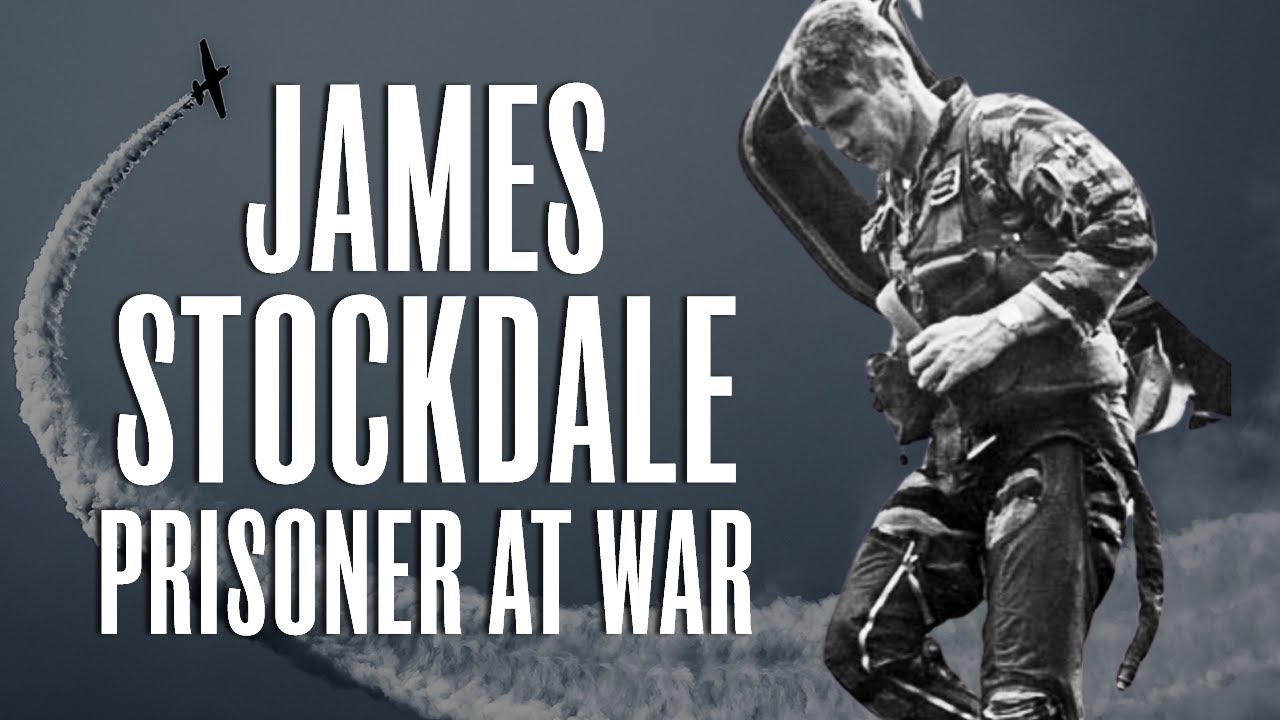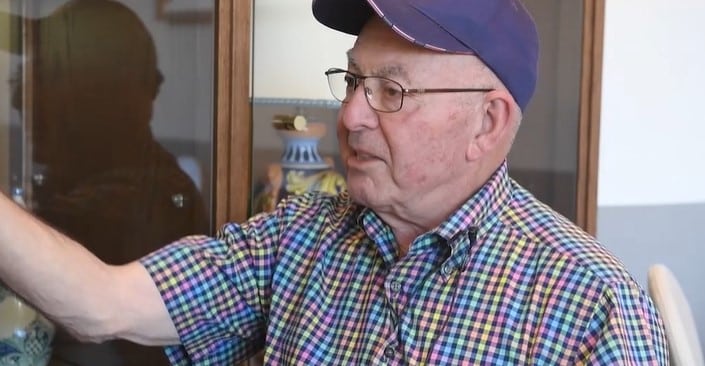The Dewey Wayne Waddell story of how he ended up being a prisoner at the infamous Hanoi Hilton. Dewey Wayne Waddell was taken captive after his F-105 Thunderchief was shot down by Vietnamese communist fighters in 1967, and he was released many years later, in 1973. North Vietnam’s treatment of American airmen shot down and captured over North Vietnam was a subject of controversy and concern throughout the Vietnam War. From the very beginning of the war, North Vietnam’s stated position was that American prisoners captured in North Vietnam were “war criminals” who had committed crimes against the North Vietnamese people in the course of an illegal war of aggression and that therefore the American prisoners were not entitled to the privileges and rights granted to prisoners of war (POW) under the terms of the Geneva Convention. The Vietnamese were accused of brutally torturing their captives – beating them with fists, clubs, and rifle butts, flaying them with rubber whips, and stretching their joints with rope in an effort to uncover information about American military operations. The Americans were forced to record taped “confessions” to war crimes against the Vietnamese people and to write letters urging Americans at home to end the war. Poor food and medical care were standard. Prisoners were often isolated to prevent communication with each other, in addition to being denied communication with family members. American prisoners sometimes died in captivity, from wounds sustained in combat, or at the hands of their captors. In Paris on January 27, 1973, American and Vietnamese representatives signed agreements for the cessation of hostilities and the repatriation of war prisoners. Operation Homecoming began the next month and ended in April. During that period, 591 American P.O.W.s returned home. Representatives of the U.S. military debriefed returnees for information regarding the more than 2,000 Americans still listed as missing. According to the government, none of the P.O.W.s were able to provide definite information about any remaining captives. Both the Nixon administration and the Vietnamese government concluded that all living P.O.W./M.I.A.s had been returned. Wayne Waddell was born in 1935 in Bremen, Georgia. He was commissioned through the Air Force ROTC Program at Georgia Tech on June 9, 1956, and went on active duty beginning June 3, 1957. Lt Waddell completed Undergraduate Pilot Training and was awarded his pilot wings at Laredo AFB, Texas, in September 1958, and then completed all-weather interceptor training in the F-86 Sabre at Moody AFB, Georgia. He remained as an instructor pilot at Moody AFB until December 1960, and then served as an instructor at Craig AFB, Alabama, from January 1961 to June 1965. Capt Waddell then received an Air Force Institute of Technology assignment to complete his Masters’s Degree at the University of Southern California from June 1965 to September 1966. After completing F-105 Thunderchief Combat Crew Training, he was assigned to the 354th Tactical Fighter Squadron of the 355th Tactical Fighter Wing at Takhli Royal Thai AFB, Thailand, in April 1967. Maj Waddell was forced to eject from North Vietnam and became a Prisoner of War while flying his 47th combat mission on July 5, 1967. After spending 2,070 days in captivity, he was released during Operation Homecoming on March 4, 1973, and then attended Air War College at Maxwell AFB, Alabama. Col Waddell then remained on the faculty of the Air War College until 1975, when he transferred to the Pentagon and worked on the Department of Defense Joint Service Committee on Air Munitions Standardization from 1975 to 1979. His final assignment was as director of U.S. Air Force Emergency Plans for the Eastern United States at Dobbins AFB, Georgia, from 1979 until his retirement from the Air Force on October 27, 1987. Col Waddell served as President of NAM-POWs Corp, the Organization of former Vietnam Prisoners of War, from 1981 to 1984.

George Coker Interview – Part 1
Commander George Coker was one of the “Alcatraz 11,” a group considered by the North Vietnamese to be the resistance leadership, even though he was a junior officer. The Alcatraz 11 were moved from Hao Lo to a separate facility “Alcatraz” in 1967. Among them were Jim Stockdale and Bob Shumaker. Like Shumaker, Coker was a key communications link in the command structure at Hao Lo and the other Hanoi prisons. He also has the





